RFS 2.1 transceiver as transmitter
-
Stelos 800 L
Stelos: Safety Instructions – read before use | Environment Stelos: Firmware update Stelos: User Interface | Controls | Functions | Handling Stelos: Technical Data Stelos: Remote control | Flash triggering Stelos: Power supply | Battery Stelos: Maintenance | Repair | Warranty Stelos: Accessories & Spare Parts Error messages
-
Satos
Safety Instructions – read before use | Environment Firmware update Satos User Interface | Controls | Functions | Handling Technical Data Remote control | Flash triggering Power supply | Battery Maintenance | Repair | Consumables | Spare parts | Guarantee Accessories Charging station for up to 4 slide-in batteries
- Pulso L
- Siros S
- Siros L
- Scoro E + S
- Move 1200 L
- RFS 2.1
- RFS 2.2
- RFS 3
- Pulso G, Unilite and Picolite
- LED F160
- Scope D50
- Compatibility (Lamp <-> light shaper | Lamp <-> power pack)
- Locate your distributor or dealer
-
 Stelos 800 L
Stelos 800 L
-
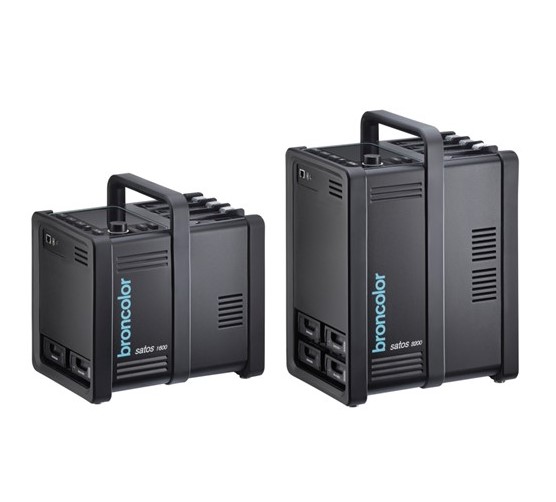 Satos
Satos
-
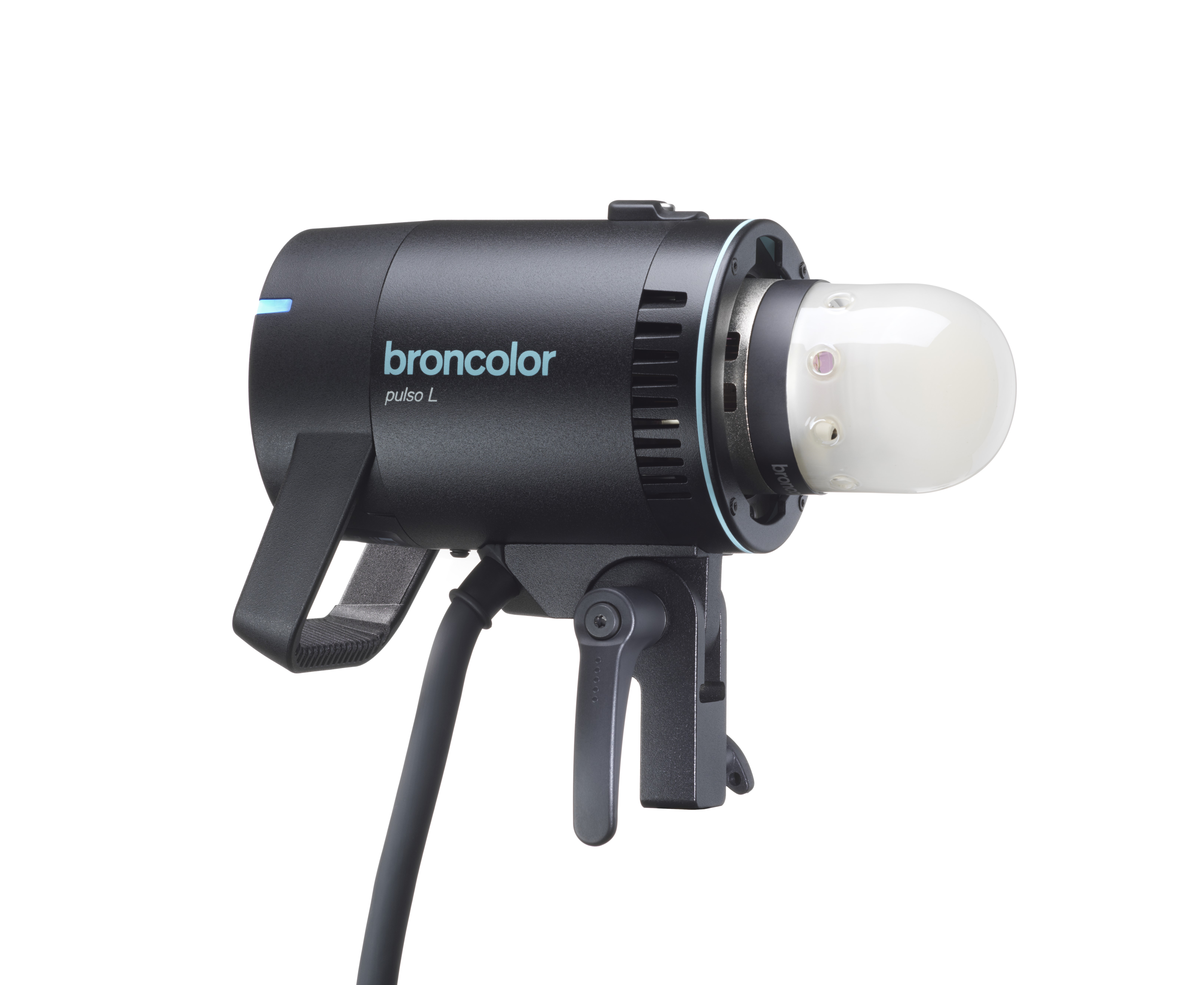 Pulso L
Pulso L
-
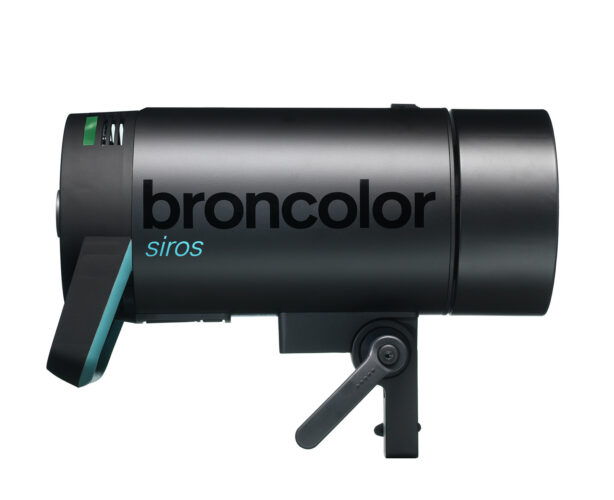 Siros S
Siros S
-
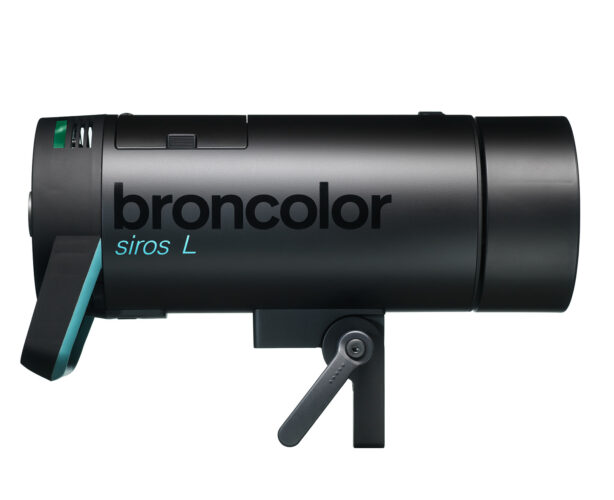 Siros L
Siros L
-
 Scoro E + S
Scoro E + S
-
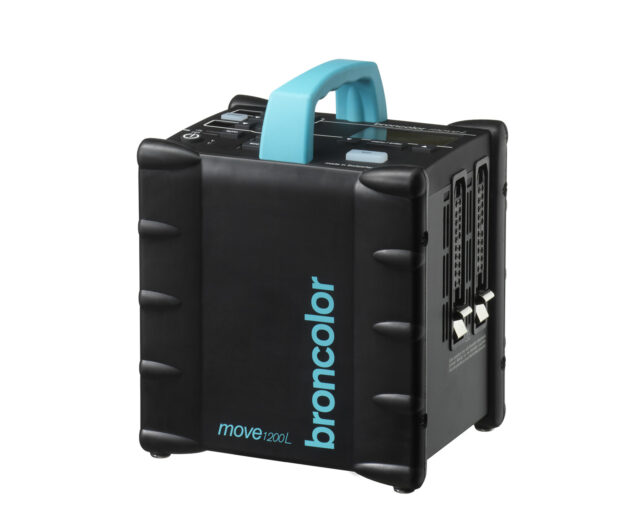 Move 1200 L
Move 1200 L
-
 RFS 2.1
RFS 2.1
-
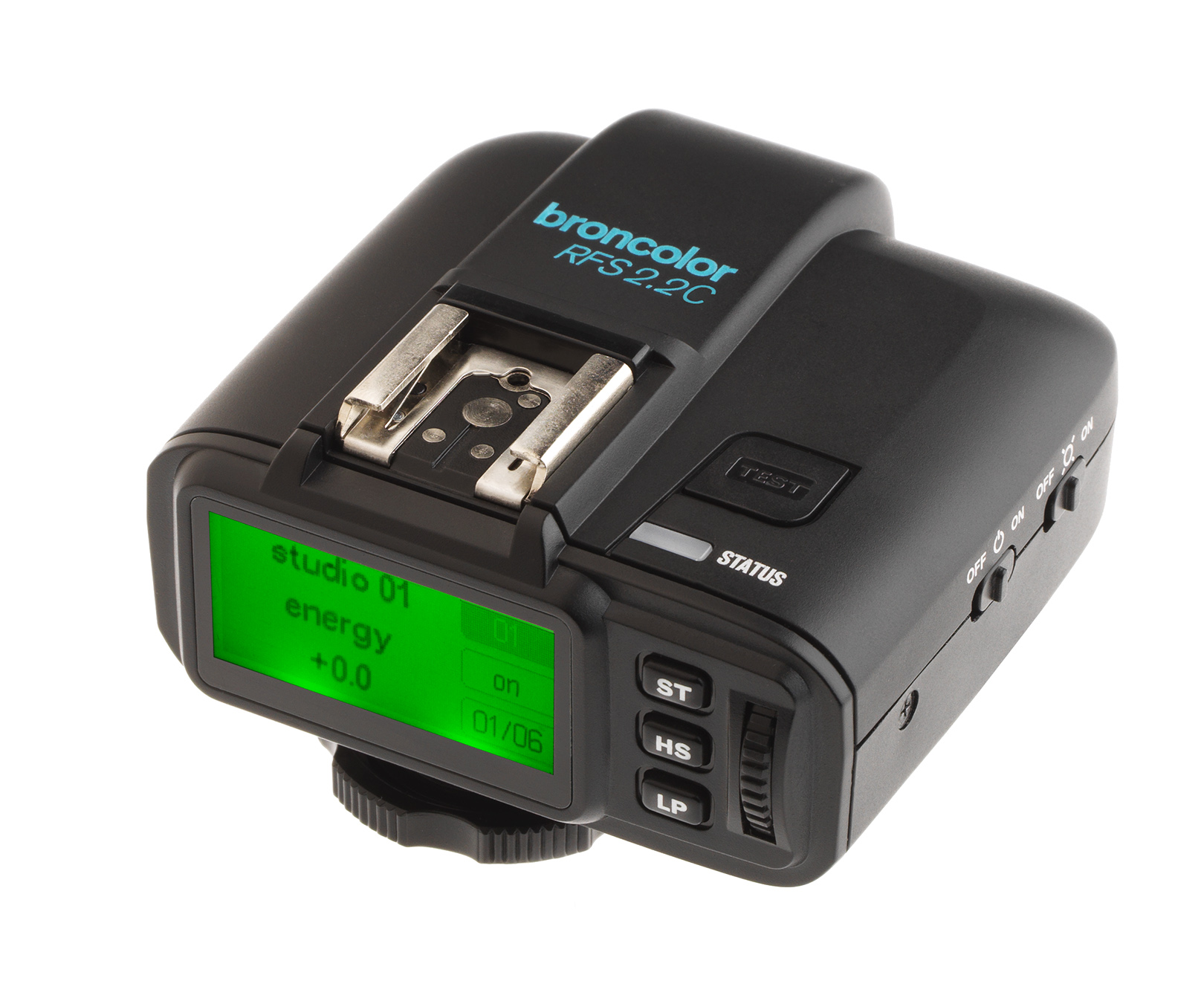 RFS 2.2
RFS 2.2
-
 RFS 3
RFS 3
-
 Pulso G, Unilite and Picolite
Pulso G, Unilite and Picolite
-
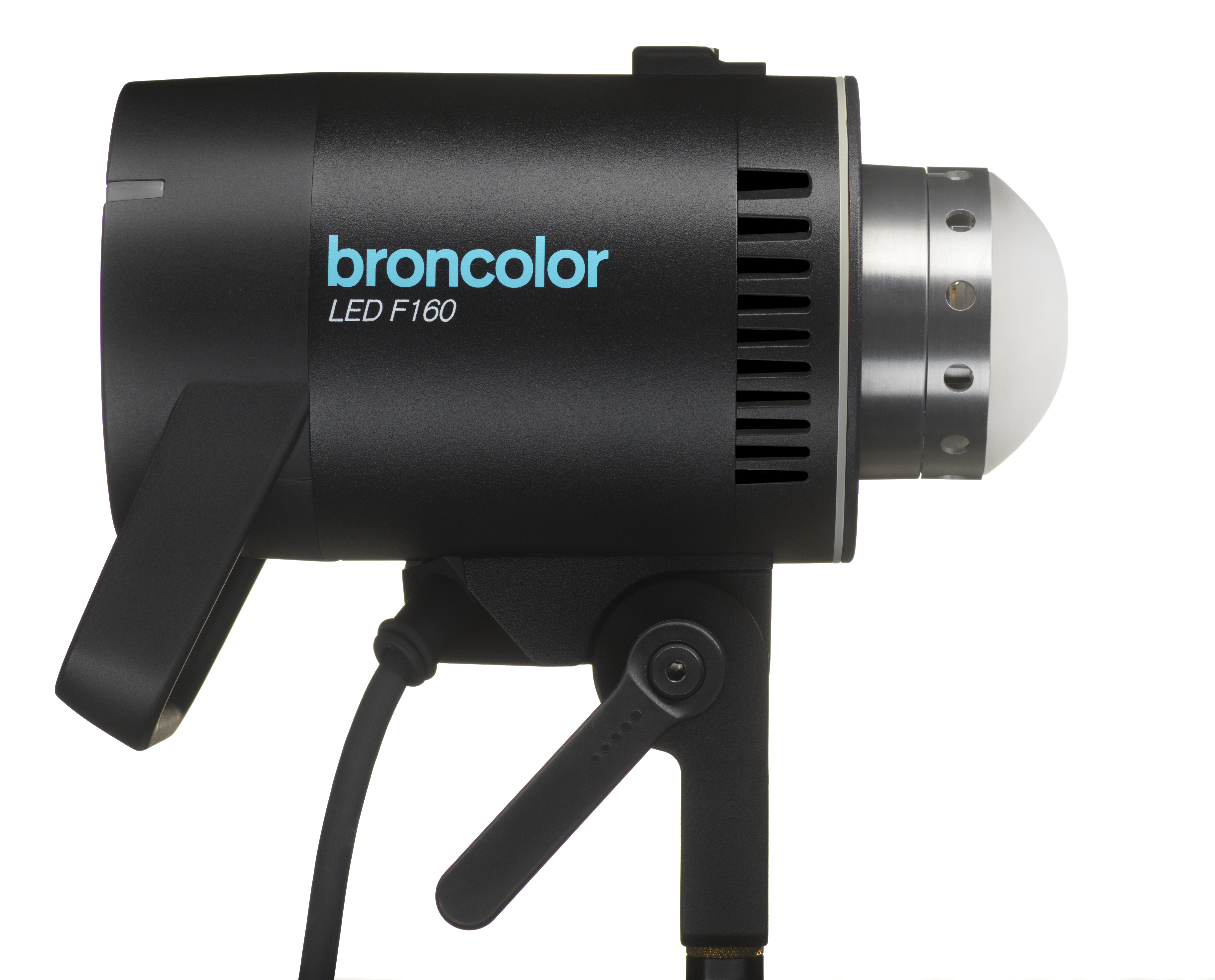 LED F160
LED F160
-
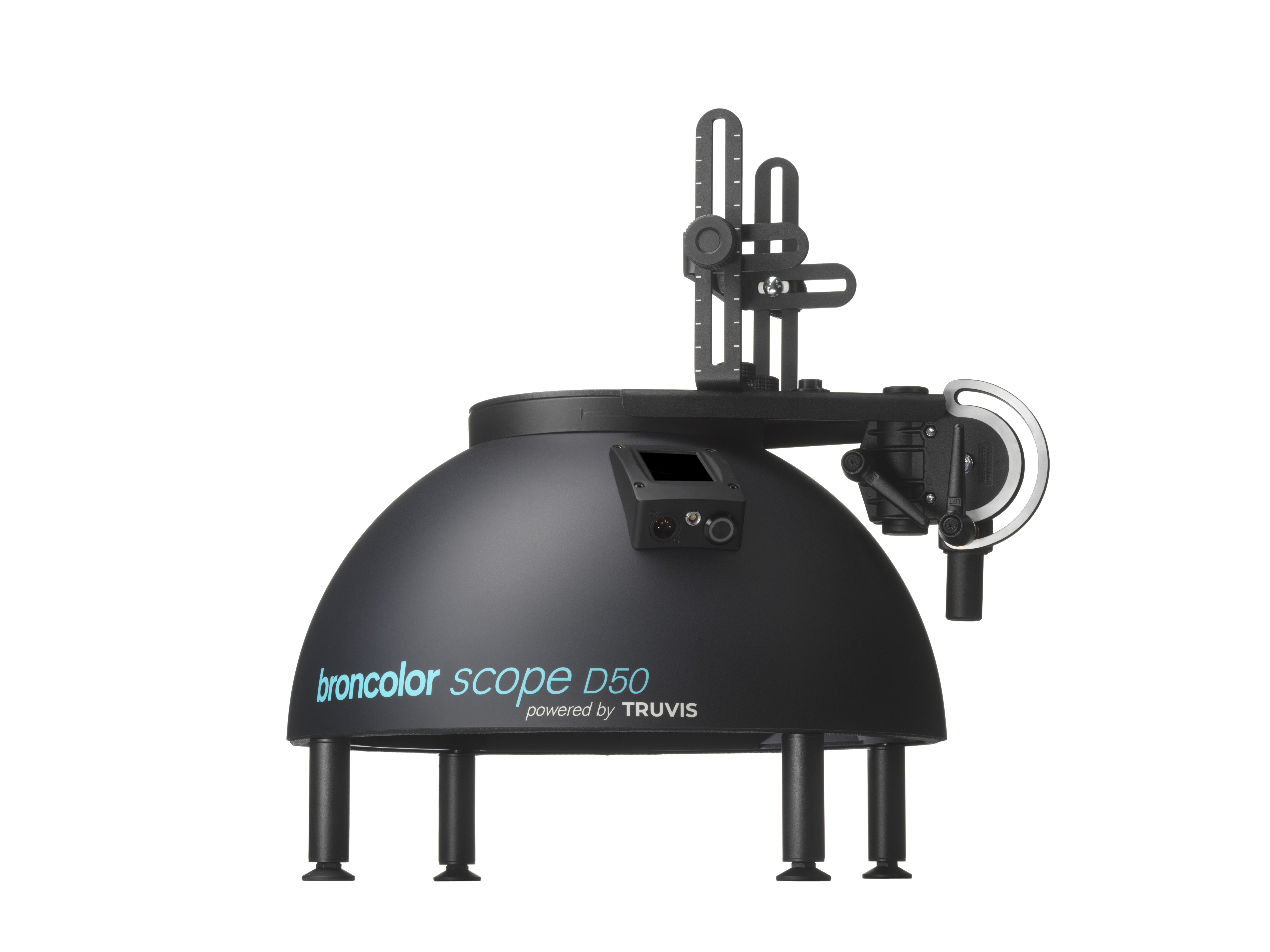 Scope D50
Scope D50
-
Compatibility (Lamp <-> light shaper | Lamp <-> power pack)
-
Locate your distributor or dealer
Table of Contents
The RFS 2.1 transceiver is used to remote-control one or more broncolor power packs or monolights equipped with RFS 2 or RFS 2.1 interface using radio signals to trigger flashes. Power packs or monolights without integra-ted RFS 2 or RFS 2.1 interfaces can be operated by connecting an RFS 2.1 transceiver (as receiver) to them.
To enable several RFS 2 or RFS 2.1 devices to communicate with each other, they must all be set at the same studio address. RFS 2 and RFS 2.1 devices with the same studio address can be simultaneously remote controlled. Thus, thanks to the various studio addresses, several RFS 2 and RFS 2.1 groups of units can be independently remote controlled without interfering with each other. Flash triggering is synchronized either via the central contact of the hot shoe or the sync jack of the camera. Outdoors, the remote control range is up to 50 m, indoors, it is up to 30 m. The transceiver is powered by a lithium button cell (Li-Mn CR2450). To minimise energy consumption, the transceiver is set to an energy-saving mode after eight hours have elapsed. If a flash triggering action occurs through the camera whilst the RFS 2 or RFS 2.1 transceiver is in energy-saving mode, a slight delay of the synchronization with the camera shutter release can take place. The RFS 2 or RFS 2.1 transceiver quits the energy-saving mode after this flash release.
Attention:
Although this radio system allows the selection of up to 99 stu-dio addresses, the number of actually available channels depends on the connected RFS 2 or RFS 2.1 flash unit.
For detailed instructions, please consult the operating instructions of the respective flash unit.